1. Reclaiming Wall Space for Greenery
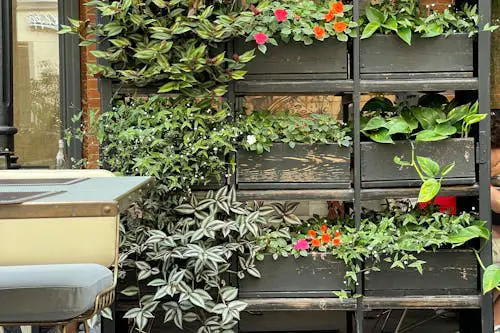
In dense cities, horizontal gardening is limited by real estate—but vertical gardens turn overlooked walls into lush, functional ecosystems. From building facades to alley fences, greenery is scaling upward, transforming dead zones into living canvases. The result is more foliage without sacrificing square footage. It’s nature where concrete once ruled.
This shift allows cities to green rooftops, balconies, and blank walls without disrupting pedestrian flow. Architectural firms are now integrating vertical gardens into new builds from the blueprint stage. Even old infrastructure—bridges, parking garages—are getting planted. Green walls are no longer accessories—they’re assets.
2. Improving Air Quality at Eye Level
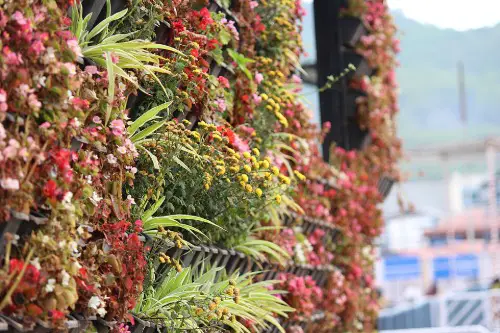
Vertical gardens absorb pollutants and produce oxygen right where people interact—bus stops, entryways, and sidewalk edges. They filter harmful particles and offer relief from smog-heavy zones. Unlike tree canopies that sit above head level, vertical greenery works within breathing range. It’s health, planted with intention.
Studies show green walls help reduce urban heat and trap airborne toxins. Cities like Bogotá and Singapore are expanding air-purifying installations on a neighborhood scale. These vertical lungs quietly do the work of an entire grove. Breathing easy is going vertical.
3. Expanding Access to Urban Agriculture
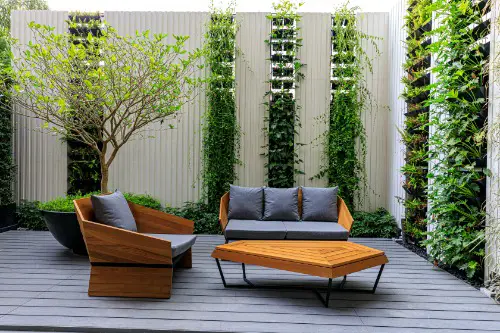
Edible plants like herbs, greens, and even strawberries are now growing on stacked shelves, hanging planters, and modular wall units. Vertical farms and residential garden towers mean fresh produce in tight quarters—even in apartment kitchens or shared balconies. Food security meets design innovation. It’s farming with a view.
Urban planners and nonprofits use vertical gardening to teach sustainable food cycles in schools and community centers. It turns passive surfaces into participatory plots. Growing upward democratizes space—and harvest. Every inch counts when every bite matters.
4. Reducing Noise Pollution
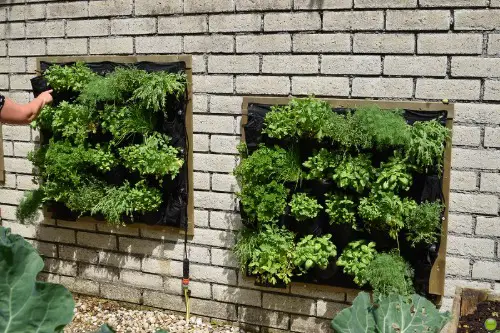
Living walls don’t just absorb light—they also absorb sound. Dense plant structures help dampen traffic noise, echo from concrete, and general city clatter. By adding texture and mass to hard surfaces, vertical gardens act like natural acoustic panels. Quiet grows one leaf at a time.
Apartments near transit corridors and offices in high-traffic areas are installing green walls for sonic comfort. Even indoor vertical gardens soften sound between rooms. Silence is no longer sterile—it’s alive. The soundscape of cities is slowly greening.
5. Creating Visual Landmarks and Identity
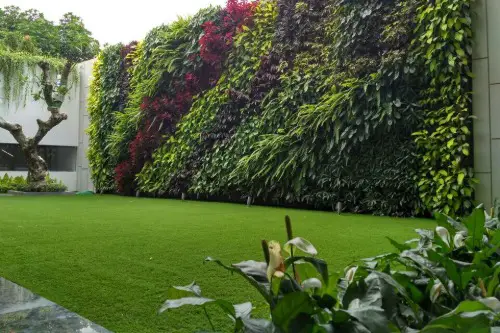
Vertical gardens give character to otherwise generic facades, turning bland blocks into plant-powered landmarks. Living murals and color-shifting plant walls create visual identity for public spaces, cafes, and residential towers. They help people navigate, connect, and remember urban corners. A planted wall becomes a memory anchor.
Cities like Melbourne and Paris now map out green installations as part of tourism and design guides. Botanically curated walls double as branding and placemaking. Green becomes more than aesthetic—it becomes direction. Plants guide more than growth—they guide experience.
6. Cooling Urban Heat Islands
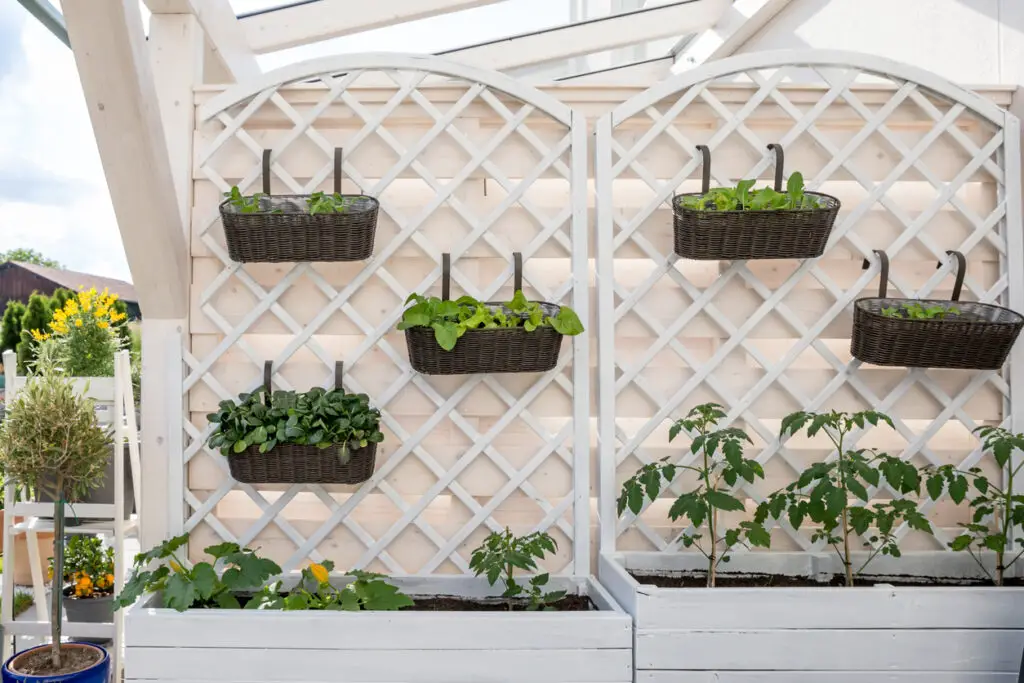
Concrete absorbs and radiates heat—making cities significantly warmer than their surroundings. Vertical gardens help regulate temperatures by shading surfaces and releasing moisture through transpiration. A single green wall can drop adjacent ambient temperature by several degrees. It’s air conditioning powered by chlorophyll.
As climate resilience becomes central to urban design, vertical planting offers scalable cooling. Public transit shelters, schools, and high-rise facades are adopting green walls to offset rising temperatures. Cooling no longer requires machines—it requires leaves. Nature is reclaiming the thermostat.
7. Promoting Mental Health in City Spaces
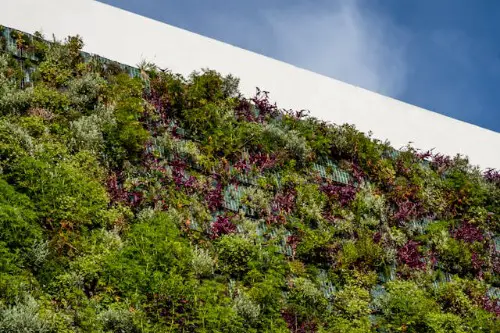
Access to greenery has been proven to reduce stress, improve mood, and boost cognitive function. Vertical gardens inject nature into places often devoid of it—hospital waiting areas, metro stations, or crowded lobbies. Even brief visual contact with foliage can recalibrate the nervous system. Serenity grows upward.
Designers and psychologists collaborate to create restorative plant zones in urban layouts. It’s therapy without a prescription—just a glance at the wall. Green isn’t just decorative—it’s medicinal. Elevation becomes elevation of mood.
8. Reviving Pollinator Pathways
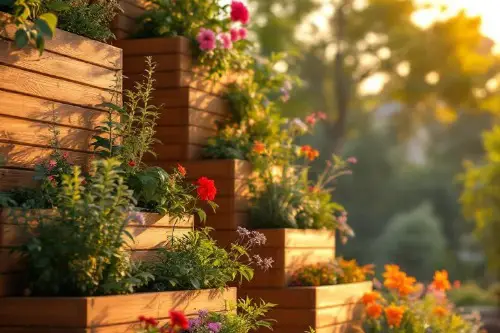
Butterflies, bees, and beneficial insects need nectar and habitat—both of which vertical gardens can provide. These installations stitch together a fragmented urban ecosystem by connecting rooftop habitats, planter boxes, and street-level foliage. Pollinators move where flowers bloom—even if that bloom is on a second-story wall. Cities buzz where walls bloom.
Biodiversity corridors are now being designed with vertical planting as anchors. What was once asphalt desert becomes aerial bloom. Vertical gardening isn’t just personal—it’s planetary. Cities hum with life when nature finds a foothold.
9. Challenging Traditional Landscaping Norms
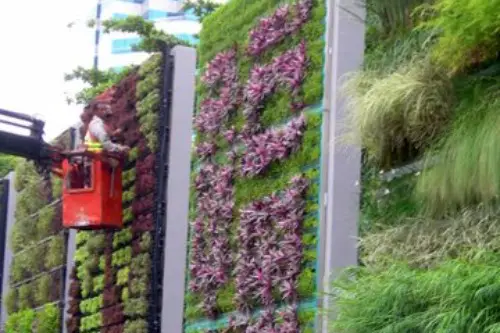
The dominance of lawns, hedges, and tree lines is giving way to layered, adaptive, and vertical designs. Landscaping no longer stops at ground level—climbers, stackers, and integrated systems are changing expectations. Maintenance is shifting from trimming to tending. Gardens have left the ground.
Design firms now see walls and windows as potential planting zones. This rethinking expands what’s possible in dense environments. Landscaping has turned 3D—and cities are finally catching up. When norms rise, so do possibilities.
This post 9 Ways Vertical Gardening Is Reshaping Urban Landscapes was first published on Greenhouse Black.
